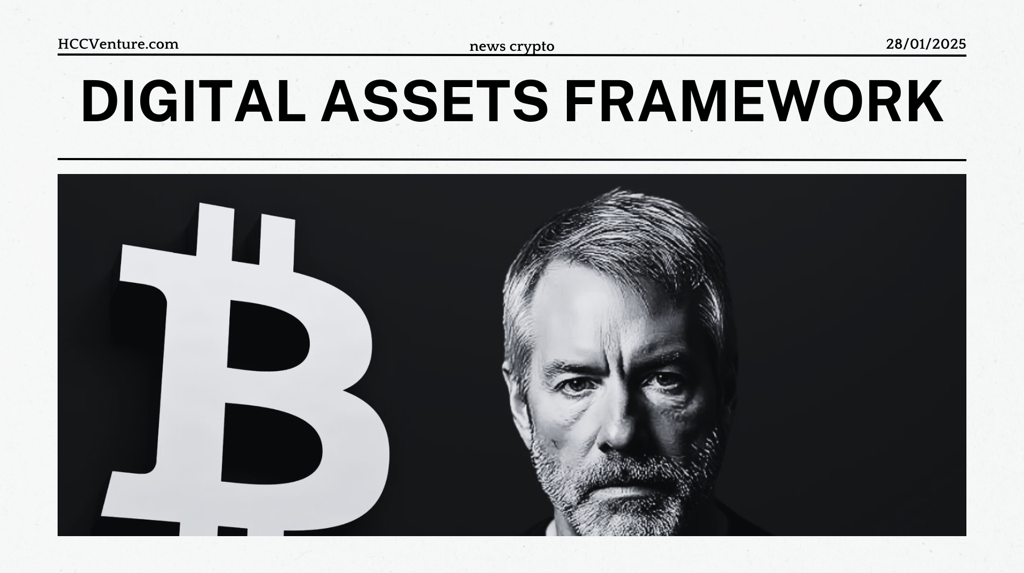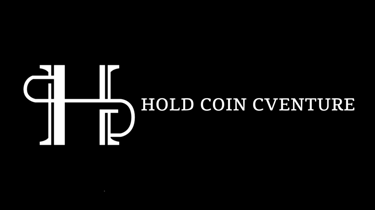Legal Framework, Principles and Digital Asset Opportunities for the United States
Micheal Saylor: The right digital asset regulatory framework will unleash the potential of the free market, helping the industry grow 100x.
1/31/20253 min read


1. Classification: Definition of Digital Asset Types
Developing a clear and consistent classification system is critical to promoting policy and innovation:
Digital Commodity: Assets with no issuer, backed by digital power (e.g. Bitcoin).
Digital Security: Assets issued by an organization, backed by securities (stocks, debt, derivatives).
Digital Currency: Assets issued by an organization, backed by fiat money.
Digital Token: A fungible, organized asset that provides digital utility.
Digital NFT: Non-fungible asset, issued by an organization, providing digital utility.
Digital ABT: Assets issued by an organization, backed by physical assets (such as gold, oil, agricultural commodities).
2. Legalization: Rights and Responsibilities
Creating a clear legal framework of rights and responsibilities is necessary for issuers, exchanges, and owners to operate in a transparent and trustworthy manner.
The Path to Legality: Establish a global, real-time, seamless process for issuing, trading, and owning digital assets by individuals, businesses, and machines.
Specific rights and responsibilities:
Issuer:
Rights: Create and issue digital assets.
Responsibility: Ensure transparency and ethical conduct.
Trading floor:
Rights: Custody, trading and transfer of assets between customers and other exchanges.
Responsibilities: Disclose property information, protect client assets, and avoid conflicts of interest.
Owner:
Rights: To deposit, trade and transfer their assets.
Responsibility: Comply with local laws.
Core Principle: No one has the right to deceive, cheat or steal. All actions are subject to civil and criminal liability.
3. Practice: Reasonable Compliance to Promote Innovation
Digital asset regulation should prioritize efficiency and innovation, minimizing barriers and administrative procedures:
Standardized disclosure: Define data structures for each type of digital asset to ensure transparency.
Industry-led compliance: Enables exchanges to collect and publish asset data as a service to the industry and investors.
Cost Limit:
Issuance Compliance: Issuance costs do not exceed 1% of total assets under management (AUM).
Maintenance Compliance: Maintenance costs do not exceed 0.1% per year.
Simplify the issuance process: Eliminate complex regulations, empowering exchanges to provide integrated services to issuers, owners, and other exchanges.
Goal: Dramatic improvements in cost, speed, quality and access through free market competition and innovation .
4. Vision: Revitalizing Capital Markets
The United States has the opportunity to fuel a 21st-century capital markets revolution, creating trillions of dollars in new value:
Rapid issuance: Allows issuers to create and bring digital assets to market in hours or days, rather than months or years.
Cost Reduction: Lower issuance costs from $10-100 million to $10-100 thousand .
Expanding access: Opening capital markets to 40 million businesses (up from the current 4,000 listed companies).
Drive Mass Participation: Help small businesses, artists, celebrities, and mid-market businesses raise capital through digital assets.
Opportunity for investors: Opens up access to thousands of digital assets, including:
Tokenized goods, real estate, art, businesses, teams, collectibles, intellectual property and brands .
Financial instruments such as stocks, debt, derivatives, and currencies.
Products, services and projects that bring value to customers, investors and fans.
5. Opportunity: Make the United States the Global Leader in Digital Assets
A strategic digital asset policy could strengthen the dollar, ease the burden of public debt, and help the United States lead the 21st century digital economy:
USD Becomes Global Digital Reserve Currency: Expands the digital currency market from $25 billion to $10 trillion , creating massive demand for US government bonds.
Digital Capital Growth: Expanding the global digital capital market from $2 trillion to $280 trillion , with the majority of this value belonging to US investors.
Leadership in digital assets: Driving growth in digital assets (other than Bitcoin) from $1 trillion to $590 trillion , making the US dominate the industry.
Strategic Bitcoin Reserve: Building a Bitcoin reserve could potentially create $16–81 trillion in value for the US treasury, opening up opportunities to reduce the national debt.
Conclusion: Seizing the Digital Asset Opportunity
By establishing a clear taxonomy, a rights-based legal framework, and practical compliance requirements, the United States can lead the global digital economy.
A revolution in capital markets based on digital assets will:
Unlock trillions of dollars in value,
Empowering millions of businesses,
Strengthening the US dollar as the foundation for the 21st century digital financial system.
Source: Michael Saylor Digital Assets Framework
Explore HCCVenture group
HCCVenture © 2023. All rights reserved.


Connect with us
Popular content
Contact to us
E-mail : holdcoincventure_contact@hccventure.com
Register : https://linktr.ee/holdcoincventure
Disclaimer: The information on this website is for informational purposes only and should not be considered investment advice. We are not responsible for any risks or losses arising from investment decisions based on the content here.


TERMS AND CONDITIONS • CUSTOMER PROTECTION POLICY
ANALYTICAL AND NEWS CONTENT IS COMPILED AND PROVIDED BY EXPERTS IN THE FIELD OF DIGITAL FINANCE AND BLOCKCHAIN BELONGING TO HCCVENTURE ORGANIZATION, INCLUDING OWNERSHIP OF THE CONTENT.
RESPONSIBLE FOR MANAGING ALL CONTENT AND ANALYSIS: HCCVENTURE FOUNDER - TRUONG MINH HUY
Read warnings about scams and phishing emails — REPORT A PROBLEM WITH OUR SITE.
